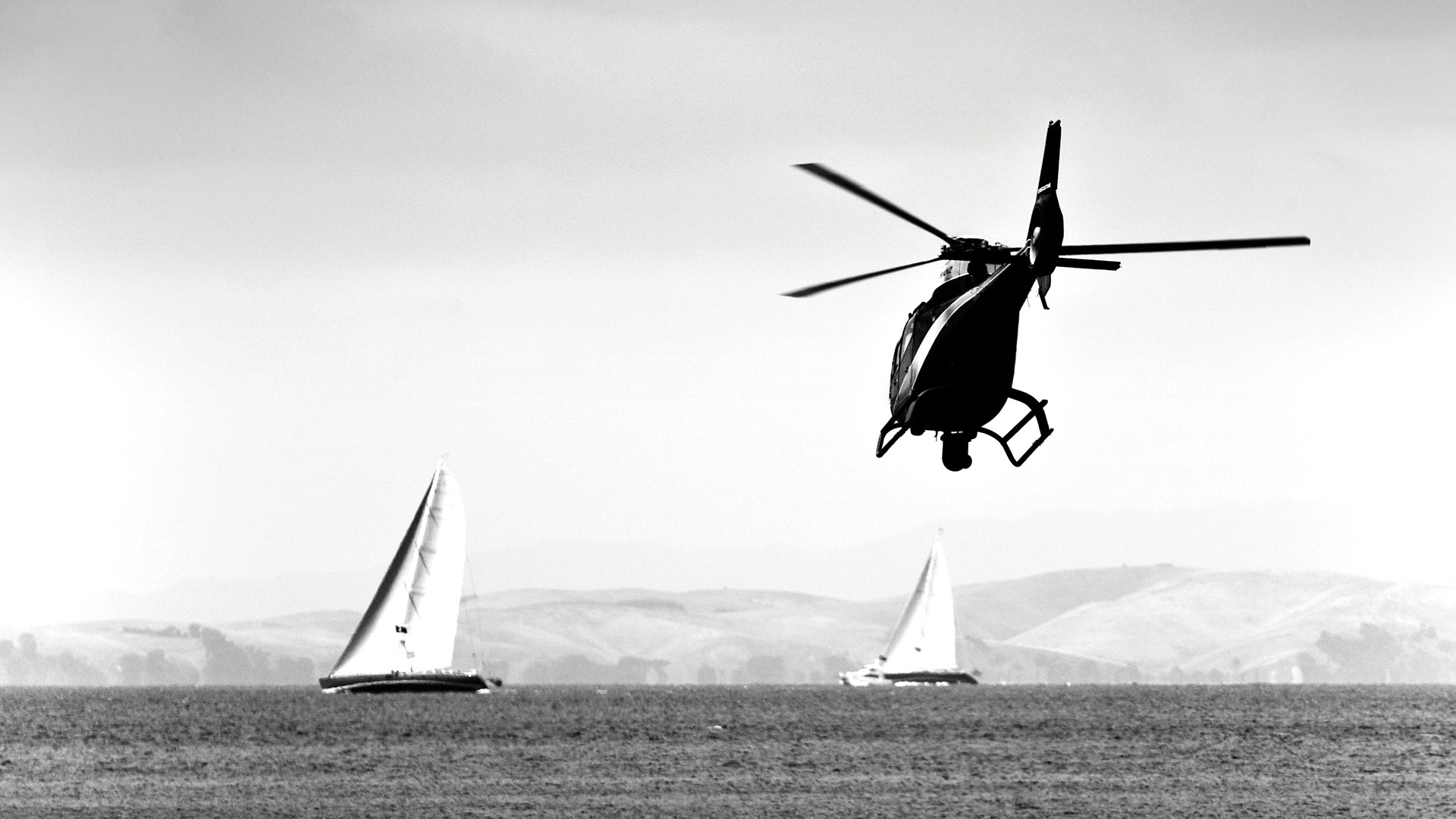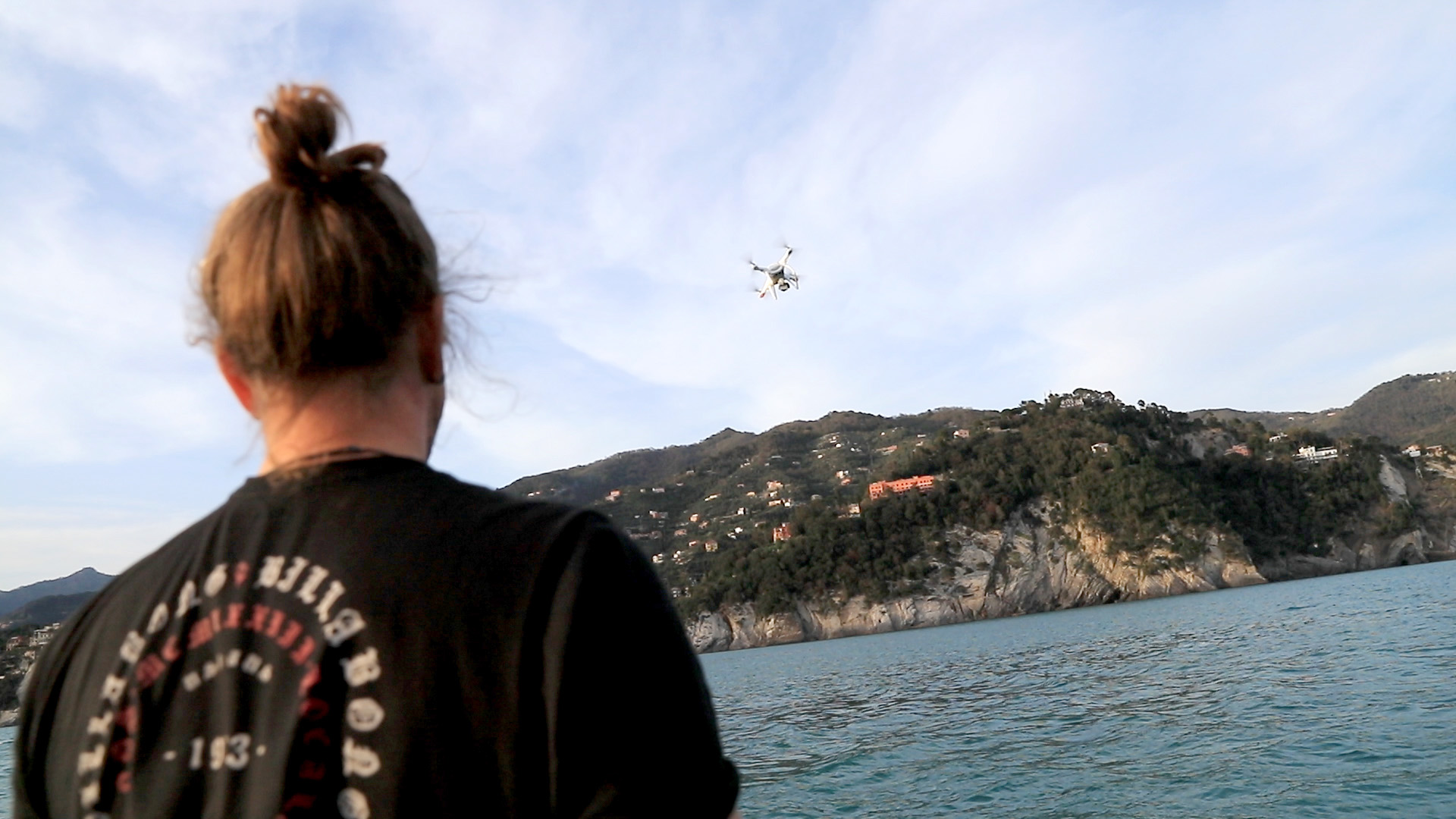Superyacht Marketing
Drones VS Helicopters. Which one is best for a Superyacht shoot?
Each year our photographers and cameramen spend around 60 hours shooting superyachts from helicopters. Yet, we are often asked whether we can use a drone for aerial photography and filming instead. This can be for either budget or location reasons. So, we chose a few key factors relating to the photography and filming of superyachts and put the drone and helicopter head to head.
Please note, the drone in this review is the most practical and portable model for our kit, the DJI Phantom 4Pro. It delivers exceptional results for the intended purpose. There are some drones capable of carrying large camera payloads. But, in our opinion, they are not the best choice for the work we do.
RANGE
Drone
Drones generally have 20-30 minutes of flying time and can only fly up to 400 feet, as per Civil Aviation Authority regulations. This means several battery changes for the flying time of an hour. That eats up valuable time and interrupts the flow of the shoot. The controlled range of a drone is another factor for the pilot to keep in mind. No one wants to lose a drone into the sea. The pilot must always be aware of the flight time and battery remaining.
Helicopter
A typical helicopter will be able to fly for two and a half hours at 135 knots for 300-350 miles on one fuel tank. The flexibility of a helicopter for uninterrupted shooting, altitude, and composition, provides greater variety of photos for the client. A helicopters flight capacity also makes it far better suited for running shots.
The Winner: Helicopter.
FILM AND PHOTO QUALITY
Drone
A drone has the ability to shoot video in 4k and 20 megapixel, but it is the size of the sensor that delivers the results. The bigger the sensor the more information you capture and the greater the quality. The type and quality of the camera lens is also a factor. The drones we use have a one-inch sensor and a fixed lens. Our preferred drone delivers excellent results for the final use of most of the photo and film we shoot.
Helicopter
Like most things in life you expect more when you pay more. When you are flying in a helicopter with over £30k of camera equipment and lenses at your disposal, you get more. Here the sensor quality and size, image quality, sharpness, and details are all at the top of their game.
The Winner: Helicopter.
COMPOSITION
Drone
Composition from a drone can be limited. The photographer can only really view the subject and surroundings via the drone’s screen. What’s more, our clients require both landscape and portrait photos. The drone can only shoot landscape.
Helicopter
The view from inside a helicopter is panoramic. This allows the photographer, and others, to anticipate changes in the light and the scene. Our photographer will have a variety of lenses on hand. They will also have the capacity to shoot landscape and portrait images. This means the composition options are almost endless.
The Winner: Helicopter.
SUITABILITY FOR SUPERYACHT ENVIRONMENT
The Weather
Drone
The best conditions for flying a drone is when it is sunny with a moderate temperature and little or no wind. This ensures maximum drone control and range. As wind and heat increase the drone has to work harder, so the battery drains faster. It also becomes harder for the operator to line up the best shots in windy conditions. Unfortunately the environment we shoot in can be very changeable. This often places a limit on what we can achieve with a drone.
Helicopter
Helicopters also have their weather-related limits, but these are more extreme. They can handle more wind and rain than a drone. In our experience, the weather has rarely stopped a helicopter taking to the sky. However, at times they do get buffeted around by the wind. The wind can also restrict the pilot's ability to manoeuvre as we need.
Winner: Helicopter.
ACCESSIBILITY + TIME
Drone
Having a drone in the kit means that at short notice we can capture aerial photos and film. This allows us to take advantage of changes in the weather, light, and scene. The only limitation is that the use of drones is becoming increasingly regulated. We no longer take the drone to some countries.
Helicopter
Using a helicopter requires some forward planning. Booking the slot, time to get to the pickup point, time to fly to the boat, and time to get back after landing if needed. This can add half a day for just an hour of shooting.
Winner: Drone.
RETURN ON INVESTMENT
This is really what it's all about - what gives you the best result for the money you invest? To measure the return you need to go back to the objectives of the shoot. Consider how important the results are to the goals for marketing your business or yacht. Then you have to consider how and where you need to use the media to achieve your goals.
We believe, everything involved with marketing a superyacht has to be in keeping with the perception you want to create. A superyacht is the ultimate in everything. Therefore there should be no compromise in the media you use.
So it's no surprise, for us the winner is the helicopter.
But a drone is also a winner. It can be used for much more than aerial shots of a yacht. We use it on the yacht, in the yacht (try that in a helicopter), on the beach, on the streets. Anywhere we need to get extra creative angles. For us, that is when a drone comes into its own.
At the end of the day, whether its drone or helicopter, the result is only as good as the person taking the shots. :)
To receive RAWfile direct to your inbox, subscribe here.
Tune in next month for our feature: How your brands/yachts popularity can soar by placing people in photos.
For more information about regulations surrounding the use of drones see below:
Flying Unmanned Aircraft Systems (UAS) or Drones in the US: http://knowbeforeyoufly.org
Dronesafe UK: http://dronesafe.uk
Commercial use in the UK: https://www.caa.co.uk/Commercial-industry/Aircraft/Unmanned-aircraft/Small-drones/Regulations-relating-to-the-commercial-use-of-small-drones/
Flying Drones in France :http://www.mlvdrone.fr/rules-for-flying-recreational-drones/





